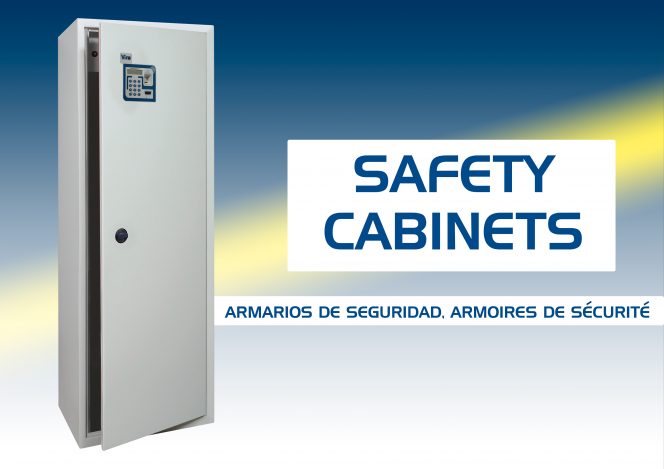In today’s blog we provide a handbook which is quick and easy to consult to move around inside the Viro Security Club and find all the information you need about SECURITY CABINETS.
Several articles can be found in the Viro Security Club related to safety cabinets, but finding what you are looking for in a blog can be frustrating if you are not sure where to look.
We recommend that you start from here!
1. How does one identify a good security cabinet?
In this article you will discover all the necessary information to compare the various models with regard to the material and thickness of the case, the characteristics of holes and plugs, the door and the opening mechanism of the security cabinets.
2. What details need to be looked at when buying a security cabinet
A security cabinet should not only protect the contents from external attacks, but also be easy to use and functional. Discover the differences between document cabinets, gun cabinets and modular cabinets and all the details such as the structure, interior fittings and accessories which help to make them more practical. Among other things, we will talk about interior shelves and their strength, climate control systems and interior lighting.
3. Security cabinets locks: key, electronic combination or biometric?
The focus in this article is all about the closing/opening mechanism of security cabinets. There are 3 types of cabinets: with mechanical key lock, with electronic combination and biometric. You’re wondering what’s right for you? Find out here!
4. Are electronic security cabinets reliable?
One of the most common fears concerning electronic safes and security cabinets is that it is not possible to open them if the batteries run flat. How do we stop it from happening?
5. Which Viro security cabinets should I choose?
With digital fingerprint reader and electronic combination lock with display and acoustic signals.
without the need for keys, it is also ideal in the presence of people who must be prevented from gaining access, even accidentally, to the guns (e.g. children).
Read also the other articles in this series of handbooks:
